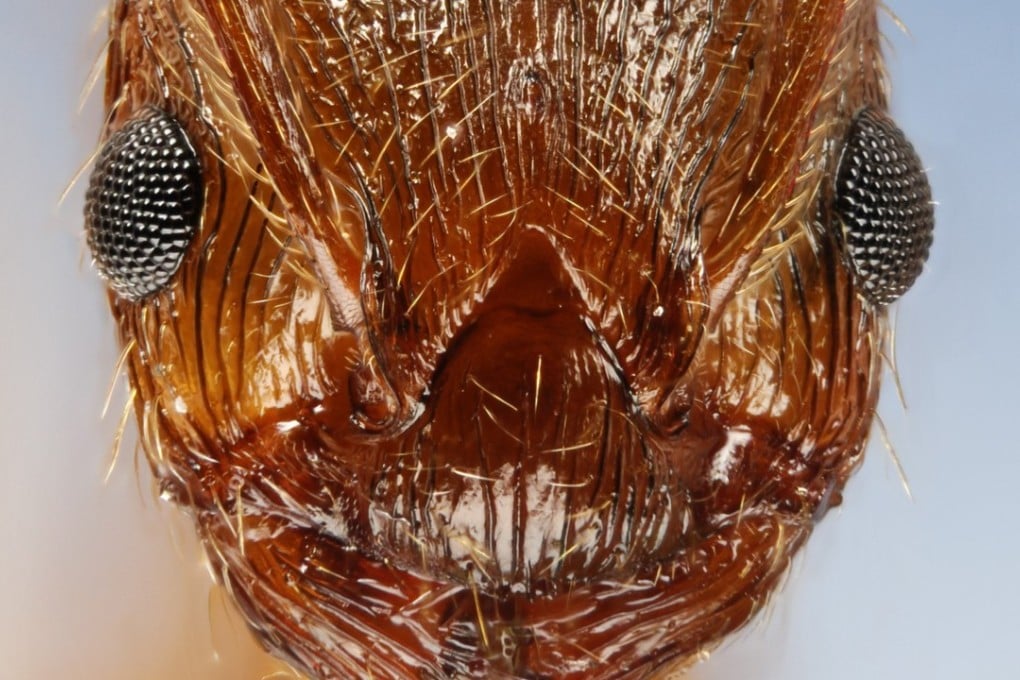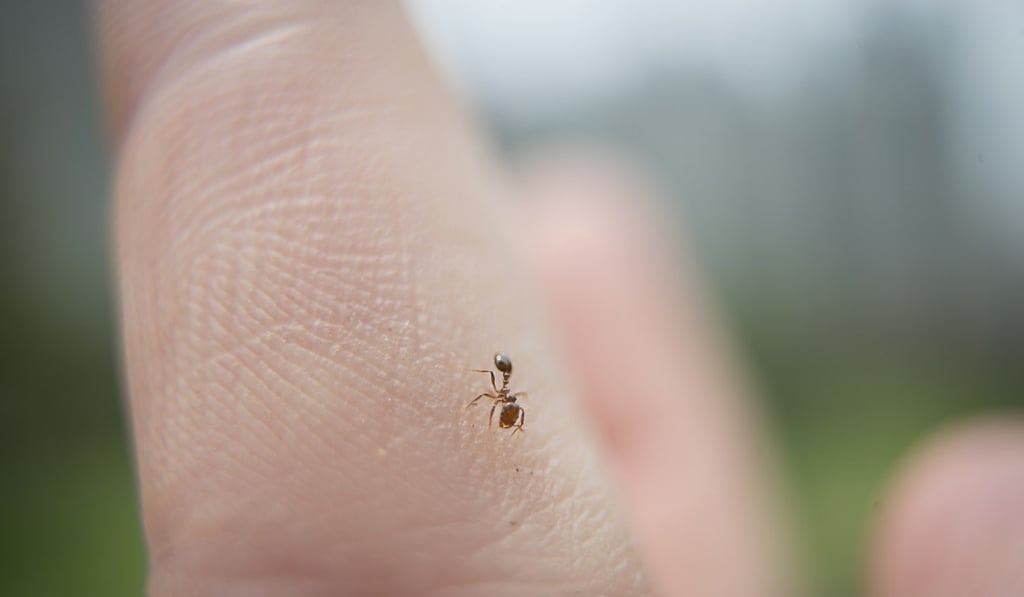‘Worse than redback spiders’: the Chinese insect invasion threatening Japan
The discovery of red fire ants – known for aggression and a bite that can prove deadly – could prove more of a problem than the venomous spiders that arrived from Australia more than a decade ago, experts warn

The discovery in Japan of at least two colonies of aggressive fire ants thought to have been imported from China has triggered alarm among local authorities, with wildlife experts warning that the infestation needs to be stamped out immediately if the insects are to be prevented from gaining a foothold.
Should the ants evade the extermination teams that have been dispatched to locate and destroy their colonies, the experts say they could have a severe impact on native flora and fauna – pointing to numerous other examples of imported species playing havoc with Japan’s indigenous wildlife.
The first swarm of fire ants was discovered on May 26, in a shipping container that had arrived in Amagasaki from Japan’s port of Kobe. The shipment, which originated in the Chinese province of Guangdong, had been unloaded at the port six days previously. A visual inspection of the container at the port had failed to notice the ants’ presence.

The container was returned to Kobe port to be sterilised and officials of the Environment Ministry moved quickly to quell concerns, using a chemical disinfectant to kill the creatures.
In a statement, a ministry official insisted, “It is unlikely the fire ants have settled in the area and are breeding.”